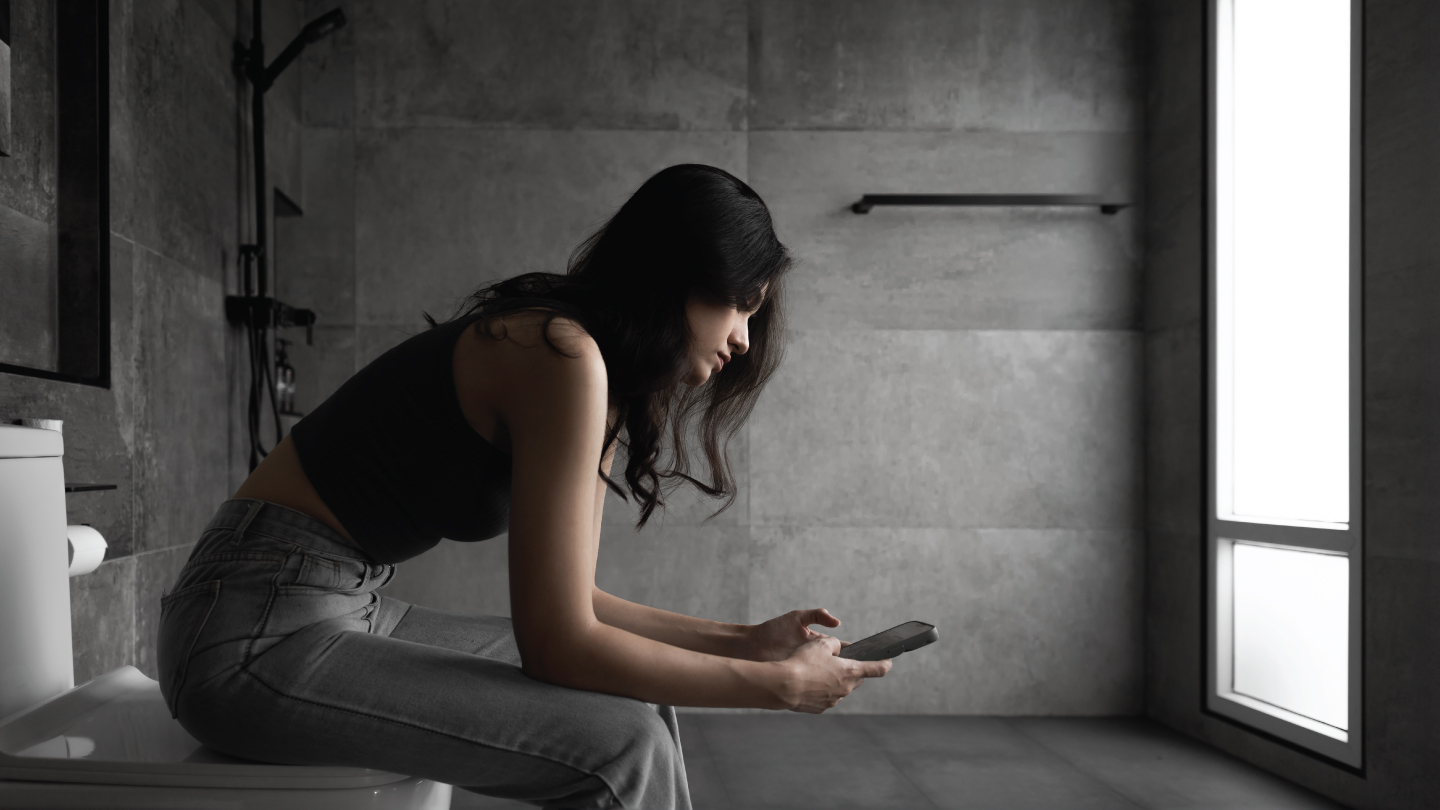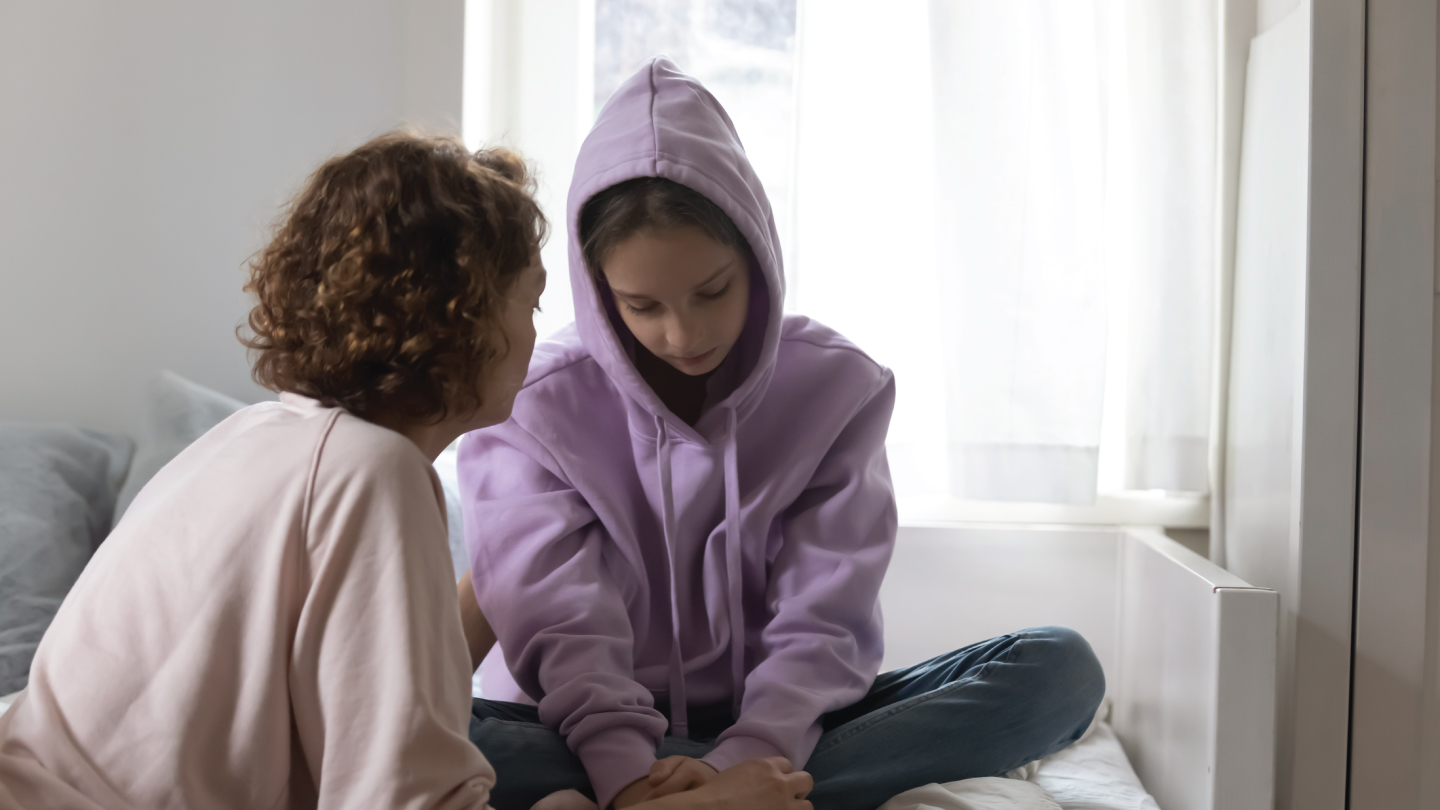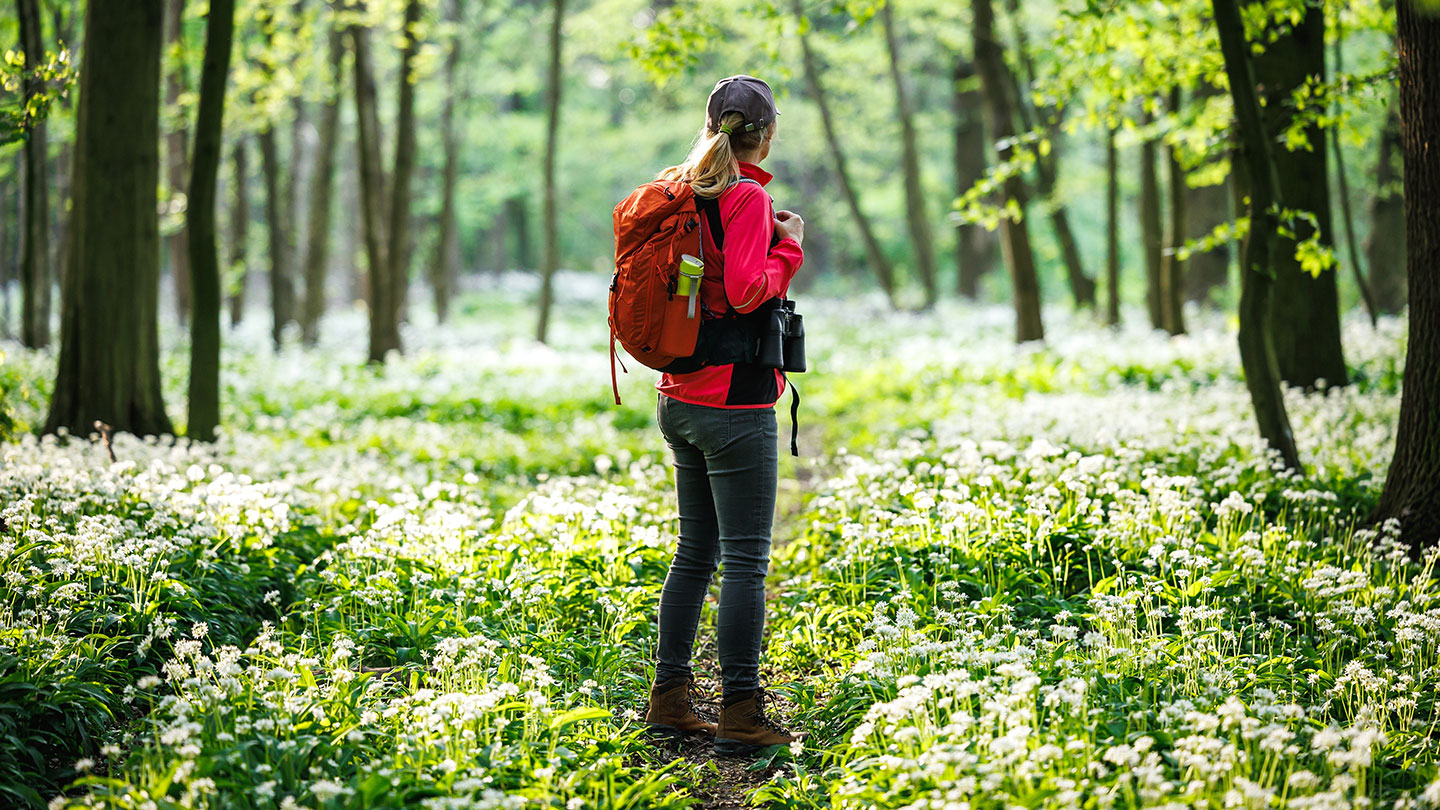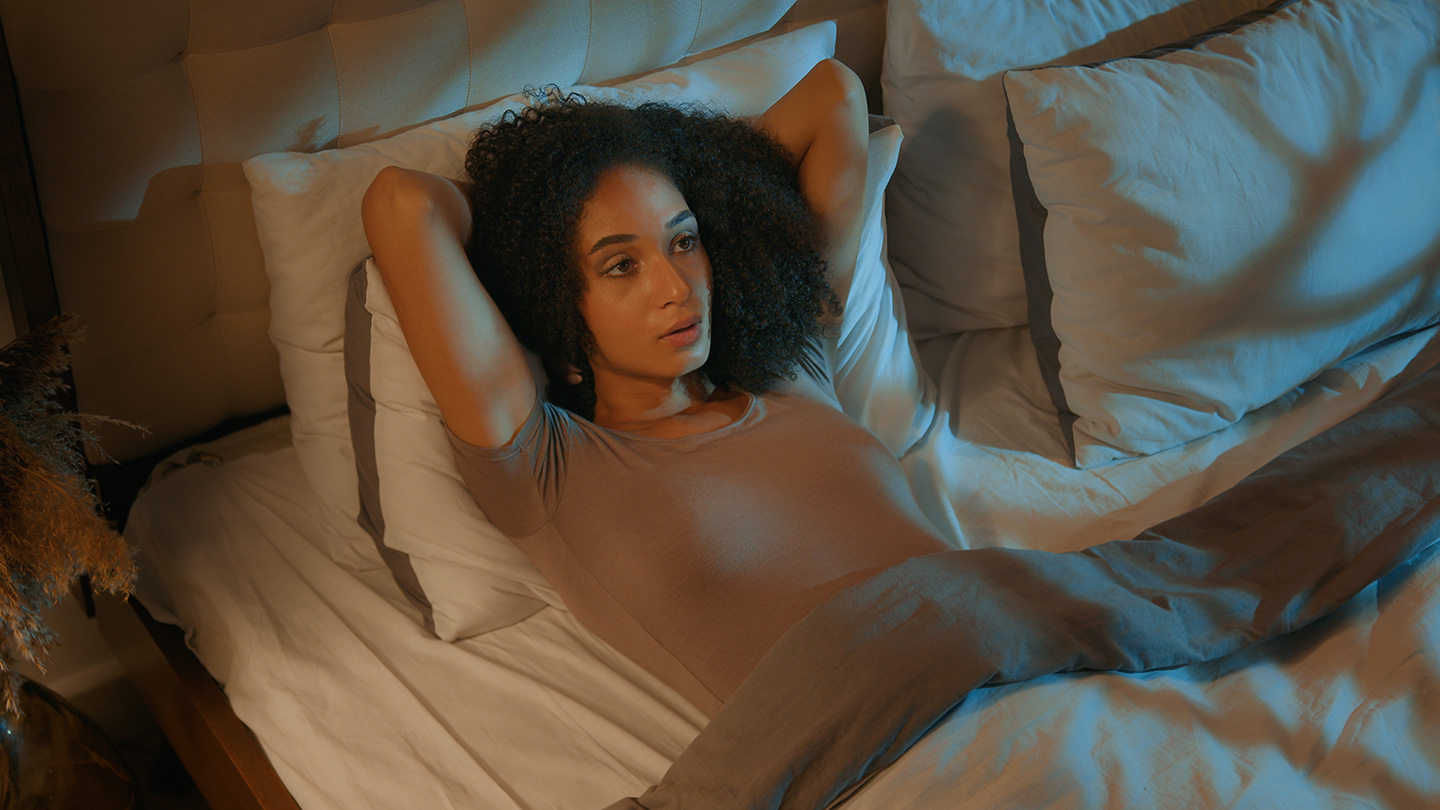Mental Health
Bathroom Camping: The Reason Gen Z Retreats to the Loo for Stress Relief
The need for solitude and emotional regulation has made people adopt a quirky yet telling Gen Z self-care ritual, known as Bathroom Camping!

Bathroom camping, a viral mental health trend documented on TikTok, has emerged as an unexpected safe space where young people escape stress, overstimulation, and social pressure. What do you do when the world becomes a noisy, overstimulating barrage, and no one around gets that you just need a moment?
For many, the answer is simple: Head to the bathroom and stay there. Funnily, this need of closed-off spaces existed before too, the term has just been amplified by Gen Z on social media.
Related Story: 5 Strategies to Maintain a Healthy Bond With Your Teenager
Treating the Bathroom as a Sanctuary
What is bathroom camping? It involves retreating to a toilet stall or even your private bathroom, not to use the facilities, but to unplug and recharge. Individuals practising this describe it as a form of emotional self-regulation, where the locked door, absence of judgment, and acoustic isolation provide an instant mental detox. It’s just you and yourself! This isn’t about aimlessly scrolling on your phone; rather, it’s about fully embracing the bathroom as a micro-retreat.
The Psychology Behind the Trend
Why a bathroom? Psychologically, it ticks all the boxes: privacy, sensory buffering, and control when everything else feels chaotic. Bathroom camping serves as grassroots self-therapy, helping to reset the nervous system and reduce cortisol, the primary stress hormone. However, experts also warn that prolonged stays can signal underlying mental health issues, such as anxiety, depression, or trauma responses. Also, these breaks act like pressure-release valves for the autonomic nervous system, gently coaxing it away from the “threat mode” of stress and toward equilibrium, particularly through modulation of the hypothalamic-pituitary-adrenal (HPA) axis, which governs cortisol release.
Related Story: 5 Cortisol Triggers to Know
Coping or Cry for Help?
There’s a thin line between helpful coping and avoidance. For some, bathroom camping began as a childhood refuge, especially where their bedrooms weren’t safe spaces. For example, hiding in the stall during panic attacks when home was overwhelming. Yet for others, it’s an intentional break: an “only-me” bubble of calm in a world that is never stopping and demands constant productivity. It’s not about escaping life; it’s about resetting energy to re-engage with it better.
Related Story: Tips for Coping With A Situationship
Towards Better Solutions
Rather than hiding in loo stalls, the better long-term solution could be designing proper quiet zones or mental health rooms in schools, workplaces, or even homes—spaces consciously designed for brief decompression. For now, bathroom camping stands as a creative, low-cost coping tool—a testament to Gen Z’s ingenuity in prioritising well-being, even in odd spots.
Healthier Coping Tools Individuals Can Practise
Individuals can also practise simple, accessible strategies to achieve the same nervous system reset:
Breathwork for Nervous System Reset
Deep, slow breathing—especially practices like box breathing or 4-7-8 breathwork—activates the parasympathetic nervous system, lowering cortisol and heart rate. Even a two-minute breath cycle in a quiet spot can mimic the relief bathroom campers seek.
Related Story: De-stress In Four Minutes With Box Breathing
Grounding Techniques
Instead of isolating in a bathroom, grounding methods such as the 5-4-3-2-1 technique (naming 5 things you see, 4 things you feel, 3 you hear, 2 you smell, 1 you taste) help bring the mind back to the present and reduce overstimulation.
Journalling Micro-Breaks
Carrying a pocket notebook or using a phone notes app for “brain dumps” can provide the same sense of mental release. This helps declutter thoughts without physically needing to retreat to a stall.
Digital Detox Moments
Many bathroom campers report using stalls to escape constant phone pings. Instead, individuals can set no-notification blocks or practise screen-free micro-pauses (e.g. stepping outside for fresh air, taking a short walk) to recharge.
Sensory Regulation
Noise-cancelling headphones, soothing playlists, or even a tactile object like a stress ball can create a portable safe space—without the hygiene drawbacks of hiding in bathrooms.
Mindful Movement
Gentle stretches, yoga poses (like child’s pose or neck rolls), or a few steps away from the desk can quickly recalibrate the nervous system. Even one or two minutes of movement interrupts stress loops.
Related Story: Teen Dating in India: 5 Parenting Mistakes to Avoid
In a high-speed, hyperconnected society, Gen Z’s bathroom camping trend stands out as simultaneously absurd and earnest. While it might raise eyebrows or block restroom access, it's also deeply revealing: young people crafting private sanctuaries wherever they can find them—because solitude isn't luxury, it’s a necessity. Whether it's a stall or a specially designed space, the message is clear: emotional shelter matters.
Find joy. Be kind to yourself. Sleep better. Everything you need to beat stress is a click away. Sign up now.
EXPLORE MORE
Society often calls them “too emotional.” Dr. Sandeep Vohra explains that high sensitivity is a biological trait, and with it can come both remarkable strengths and mental-health vulnerabilities.
Hollywood thrillers have given us a caricature of split personalities. Psychiatrist Dr. Sandeep Vohra says the reality of Dissociative Identity Disorder is common, complex, and far more human.
Extroverts love the spotlight, but that doesn’t mean introverts have to miss out. Here’s what research really says about who’s really having fun.
Your mind loves to hit repeat. The good news? You can learn to hit stop.












